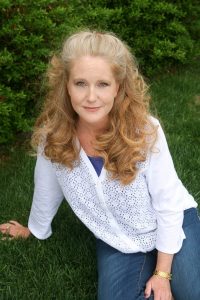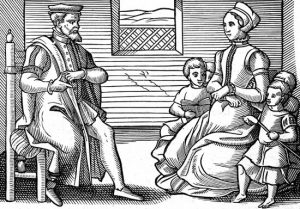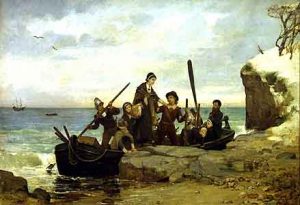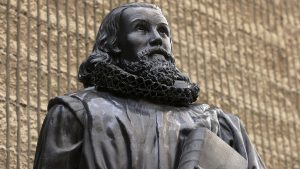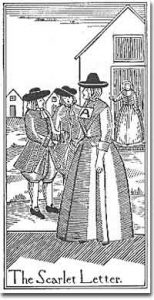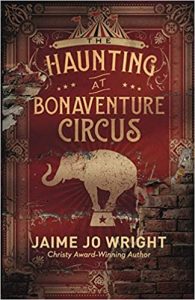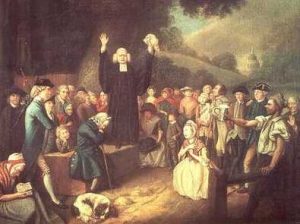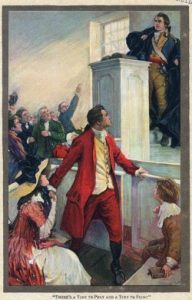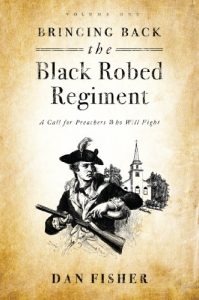If you’ve been following Romancing History for a while, you know I”m a huge fan of timeslip (also known as dual timeline) fiction and no one does it better in my humble opinion than by guest today, Heidi Chiavaroli.
Heidi’s latest release, The Orchard House, will not only appeal to fans of timeslip novels but also to fans of Louisa May Alcott’s classic, Little Women.
Now that I’ve got your curiosity peaked, let’s learn a little more about The Orchard House before we chat with Heidi. Oh, and don’t leave without entering to win a print copy of The Orchard House by leaving a comment (see giveaway section for guidelines).
About Heidi
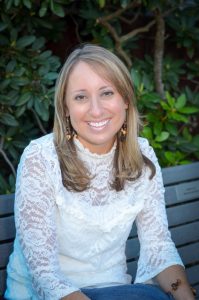 Heidi Chiavaroli is a writer, runner, and grace-clinger who could spend hours exploring places that whisper of historical secrets. Her debut novel, Freedom’s Ring, was a Carol Award winner and a Christy Award finalist, a Romantic Times Top Pick, and a Booklist Top Ten Romance Debut. Her latest dual timeline novel, The Orchard House, is inspired by the lesser-known events in Louisa May Alcott’s life. Heidi makes her home in Massachusetts with her husband and two sons.
Heidi Chiavaroli is a writer, runner, and grace-clinger who could spend hours exploring places that whisper of historical secrets. Her debut novel, Freedom’s Ring, was a Carol Award winner and a Christy Award finalist, a Romantic Times Top Pick, and a Booklist Top Ten Romance Debut. Her latest dual timeline novel, The Orchard House, is inspired by the lesser-known events in Louisa May Alcott’s life. Heidi makes her home in Massachusetts with her husband and two sons.
About the Book
Award-winning author Heidi Chiavaroli transports readers across time and place in this time-slip novel that will appeal to fans of Little Women.
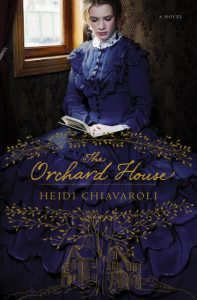 Two women, one living in present day Massachusetts and another in Louisa May Alcott’s Orchard House soon after the Civil War, overcome their own personal demons and search for a place to belong.
Two women, one living in present day Massachusetts and another in Louisa May Alcott’s Orchard House soon after the Civil War, overcome their own personal demons and search for a place to belong.
2001
Abandoned by her own family, Taylor is determined not to mess up her chance at joining the home of her best friend, Victoria Bennett. But despite attending summer camp at Louisa May Alcott’s historic Orchard House with Victoria and sharing dreams of becoming famous authors, Taylor struggles to fit in. As she enters college and begins dating, it feels like Taylor is finally finding her place and some stability . . . until Victoria’s betrayal changes everything.
1865
While Louisa May Alcott is off traveling the world, Johanna Suhre accepts a job tending Louisa’s aging parents and their home in Concord. Soon after arriving at Orchard House, Johanna meets Nathan Bancroft and, ignoring Louisa’s words of caution, falls in love and accepts Nathan’s proposal. But before long, Johanna experiences her husband’s dark side, and she can’t hide the bruises that appear.
2019
After receiving news of Lorraine Bennett’s cancer diagnosis, Taylor knows she must return home to see her adoptive mother again. Now a successful author, Taylor is determined to spend little time in Concord. Yet she becomes drawn into the story of a woman who lived there centuries before. And through her story, Taylor may just find forgiveness and a place to belong.
To purchase The Orchard House, click here.
Author Interview
Fast Five
- I Love Lucy or Get Smart? Considering I had to look up what Get Smart was, I’d have to say I Love Lucy!
- Chocolate Chip or Oatmeal Raisin? Chocolate Chip…chocolate anything. 😉
- Colin Firth or Matthew Macfadyen as Mr. Darcy? Matthew MacFadyen (RH: If I’d known this it may have been a deal breaker for the interview, just sayin’!)
- Football or Soccer? Football, only to watch of course, and likely only on Super Bowl night. ;0
- Run, Bike, Hike, or Swim? Hike!
Author Q&A
RH: What five words best describe Heidi apart from being an author?
HC: Introvert, grace-clinger, nature-lover (hyphenated words count as one, right?), contemplative, creative.
RH: Hyphenated words, definitely count. Which historical figure, other than Jesus (because who wouldn’t want to meet Jesus?), would you like to meet? Why?
HC: This answer probably changes often for me, but this year it’d definitely be Louisa May Alcott. I’ve done so much research about her for the writing of The Orchard House that I would love to meet her. Maybe she could mentor me in my writing! 😉
RH: I think my answer would change as well. I think it would be very inspiring to meet Louisa May Alcott as well. What is your favorite historical romance novel and/or author? Why?
HC: A Voice in the Wind by Francine Rivers. I loved this book because it didn’t ignore the gritty and the hard. Hadassah is the most admirable heroine I think I’ve ever met. Love her!
RH: Redeemeng Love, also by Francine Rivers, is my all-time favoirte story and one of the few novels I’ve read more than once. The Orchard House is your fifth book to release in five years. Can you give us a glimpse into your day? How early do you get up? Do you have dedicated writing time each day or is each day different? How do you juggle your writing life with work and raising a family?
HC: I’m usually up by six and I spend some time reading and in prayer, followed by some yoga (spending all day at the computer is physically hard!). After my two teen boys are off to school (or these days, off to their rooms for classes), I get to work either writing, editing, or marketing. I have a trusty calendar with tasks to accomplish, and so I try to get something from each category accomplished each day, though that doesn’t always happen. Thursdays are designated cleaning days. I actually don’t schedule any writing-related things on Thursday so whatever I get done feels like a bonus!
When I’m on deadline, I will add in a word count for each day, and that always gets done first. (At least that’s the goal!) Before email, social media, etc.
I think the major key to juggling writing, family, and work, is to take my writing seriously. It is work. Then again, it’s just work. Family is more important and I try to set time aside (like Sundays and nights) where I don’t write. When I first got a contract, I didn’t do that. I would be on my computer trying to market in every conceivable way every night of the week. It was too much. Carving out time during the day while everyone else in my home is either at school or work and thinking of it as my “office time” at home is truly helpful. So are a lot of hikes in the woods. It’s downtime, but I’m still writing a story in my head.
RH: True Confession: I’m very good about making schedules, but not so good about sticking to them. That is something I’ve been working on lately. I love to read time slip fiction. I’m curious to know, is it more challenging to write the contemporary or the historical thread in your novels? How do you weave them together so seamlessly?
HC: Each novel seems to be different. There’s no question the historical thread is more work, as it requires more research, and yet at the same time the research makes the writing easier because I’ve been immersing myself in the setting and characters for so long!
Weaving them seamlessly is definitely the hard part! I think starting off with an object that will connect the two time periods (like a book of poems in The Orchard House or like a tea chest in The Tea Chest) that definitely helps for me. It also helps to have my characters wrestling with similar inner struggles. So even though they may be centuries apart, they are coming alongside one another in their common problems.
RH: I’ve wanted to try my hand at writing timeslip fiction. Thank you for those tips. What is the inspiration behind your recent release, The Orchard House?
HC: Like so many girls and women around the world, I’ve always been captivated by the story of Little Women—a seemingly simple domestic tale that, with its timelessness, explores the complexities of family, friendship, and love. But there was something else that made this tale come alive for me—a childhood visit to the very place where Louisa wrote her beloved story. Orchard House brought Louisa and her novel alive in a new way. I remember being completely captivated by this place where these fictional (and real life) heroines lived, of beholding the very desk where Louisa wrote her masterpiece. For a child who loved this story, and books in general, this made a real impression on me.
Setting out to write a story involving Louisa and Orchard House, I dug through her biographies, journals, and letters for some interesting, lesser-known morsel about this famed author. When I learned about her time as a nurse in the Civil War, her experiences nursing a certain young blacksmith for whom she held strong feelings for but who would end up dying, and her subsequent near-death experience with typhoid shortly after, I knew I’d stumbled upon something. I thought it might be interesting to have my historical heroine, Johanna, be the sister of Louisa’s “prince of patients.” What if these two women struck up a friendship? What if Louisa offered her a way to Massachusetts? What if Louisa became a mentor to Johanna, who found herself in a difficult marriage?
From this storyline came the idea of women helping women, both in a contemporary story and a historical story. Themes of sisterhood, friendship, forgiveness, and helping the downtrodden—all themes in Little Women—were brought to the forefront of the book to further tie in and give honor to this much-loved story and author.
RH: I confess, seems I’m doing a lot of that in this interview, I haven’t read Little Women. I’ve only watched movie adaptions but I do love the characters. Hmmm, I better add that to my ‘to do’ list. Which scene in the The Orchard House was the hardest to write? Which was your favorite?
HC: The one hardest to write was at the end of Johanna’s storyline. I can’t really say more without a spoiler, but when readers get to it they will probably be able to understand why. I don’t often shy away from the hard, and that scene was definitely hard.
My favorite was actually the epilogue. Even though I knew how it would all come together, I felt it in that scene and thought it was special how Louisa played into it all.
RH: Oh I’m glad you didn’t give us any spoilers. I hadn’t thought of that when I posed the question and I’m currently listening on audio book, which I highly recommend. Which secondary character in The Orchard House do you think will resonate most with readers? Why?
HC: I’m hoping Louisa May Alcott will resonate with readers! I did so much research, and really tried to do her character justice. I found out some little-known facts that I attempted to bring to light in the story, and so I hope readers find her as the interesting woman she was.
RH: I’m enjoying getting to know this literary icon as a woman. You are doing her great justice. Do you have a favorite quote from The Orchard House you’d like to share with Romancing History readers?
HC: I can’t think of one off the top of my head, but here’s one of my favorites from Louisa that is included in the book:
“When tired, sad, or tempted, I find my best comfort in the woods, the sky, the healing solitude that lets my poor, weary soul find the rest, the fresh hope, or the patience which only God can give.”
~ Louisa May Alcott
RH: That is a fine quote and one I whole-heartedly agree. I love to walk my dog and pray while enjoying His creation. What have you learned from writing The Orchard House? What do you hope readers will take away after finishing this book?
HC: I think this book has made me think a lot about my own spiritual walk. I’m hoping the themes of forgiveness, friendship, helping the oppressed, and finding a place to belong will resonate with my readers as these are all aspects found in Little Women and all things I’ve wrestled with over the last couple of years myself.
RH: I think those are timeless, universal themes that benefit us to visit over and over again. Thank you for visiting with us today, Heidi.
Giveaway**
This giveaway is now closed!
Congratulations to our winner, Sarah Taylor!
Heidi is graciously offering a print copy of The Orchard House to one lucky Romancing History reader. To enter, tell us which March sister (Meg, Jo, Beth, or Amy) was your favorite and why?
**Giveaway ends at midnight, February 17th, 2021**

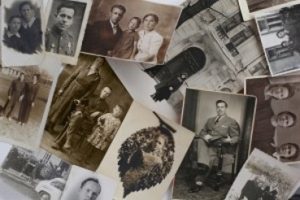

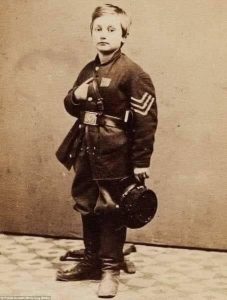


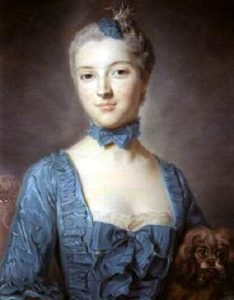
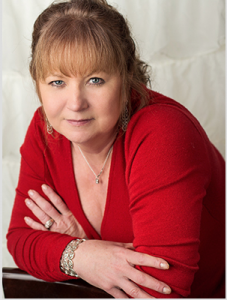
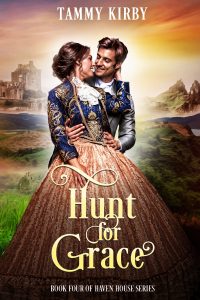



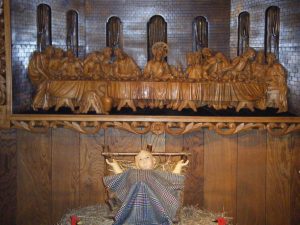
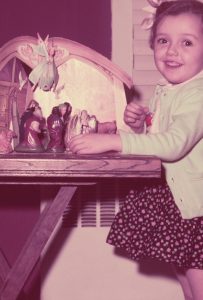

![To Steal a Heart (The Bleecker Street Inquiry Agency Book #1) by [Jen Turano]](https://m.media-amazon.com/images/I/51IunMW70hL.jpg)
